30+ Sample Business Plan Executive Summary
-
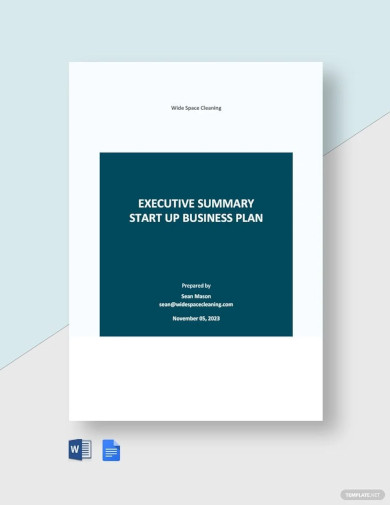
Executive Summary Startup Business Plan Template
download now -
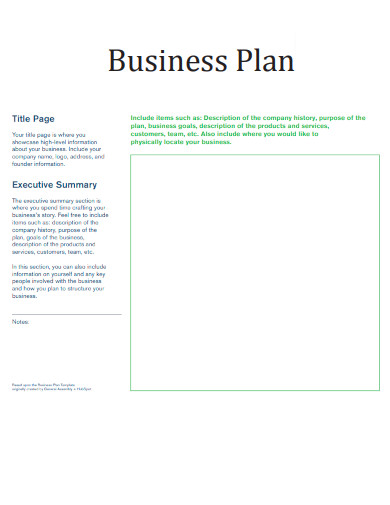
Business Plan Executive Summary template
download now -
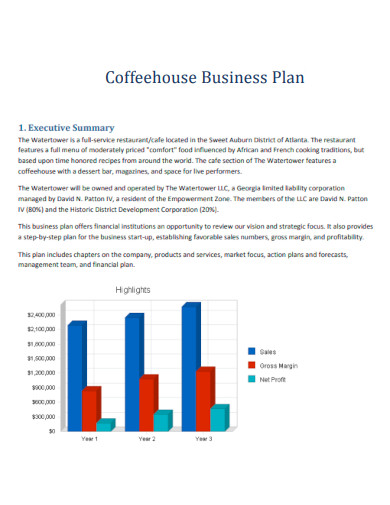
Coffee Shop Business Plan Executive Summary
download now -
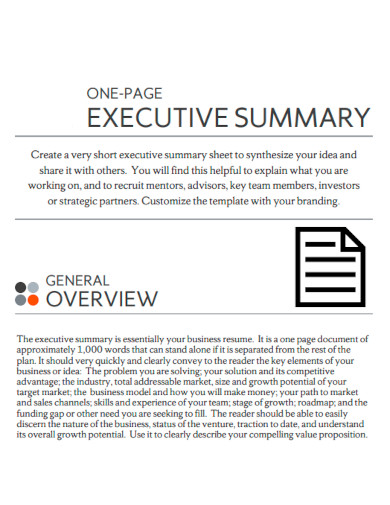
One Page Business Plan Executive Summary
download now -
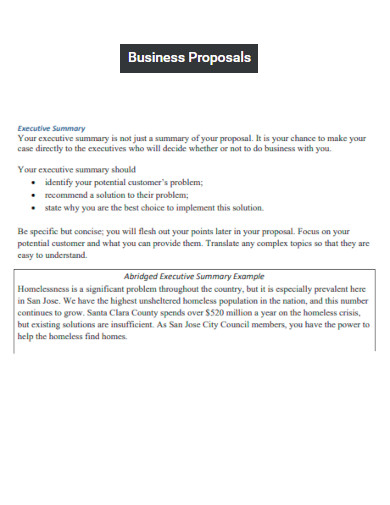
Business Proposal Executive Summary
download now -
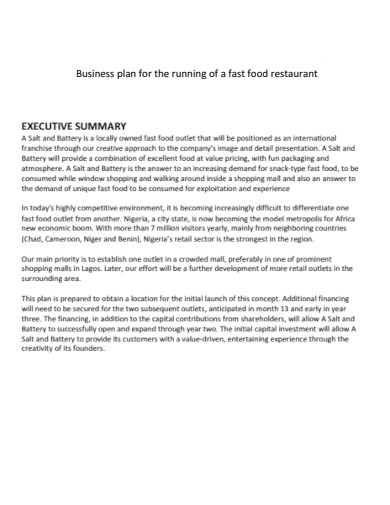
Food Business Plan Executive Summary
download now -
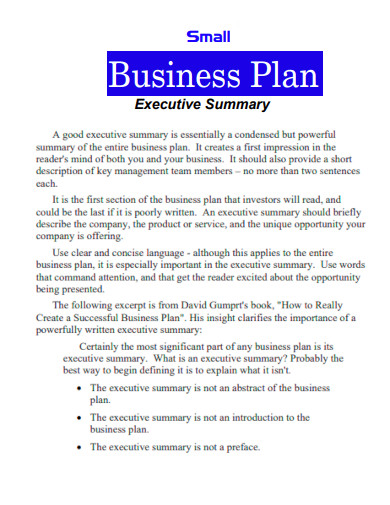
Small Business Plan Executive Summary
download now -
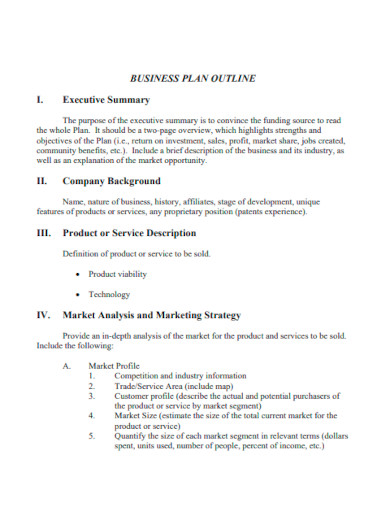
Business Plan Executive Summary Outline
download now -
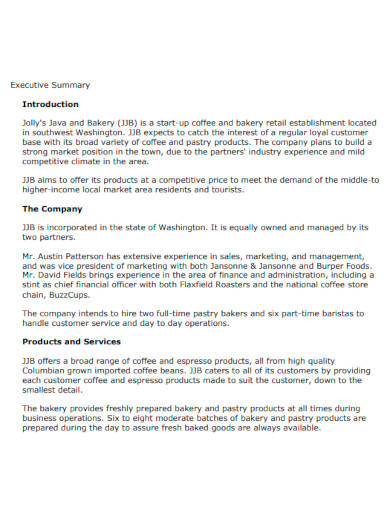
Bakery Business Plan Executive Summary
download now -
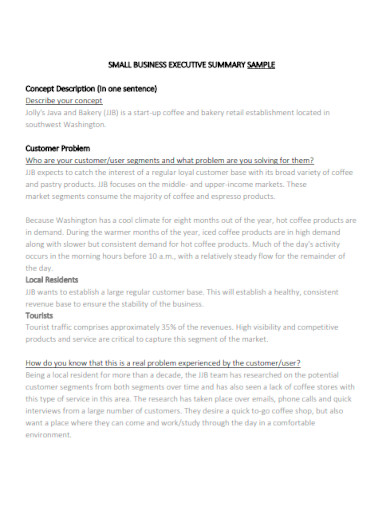
Sample Business Plan Executive Summary
download now -
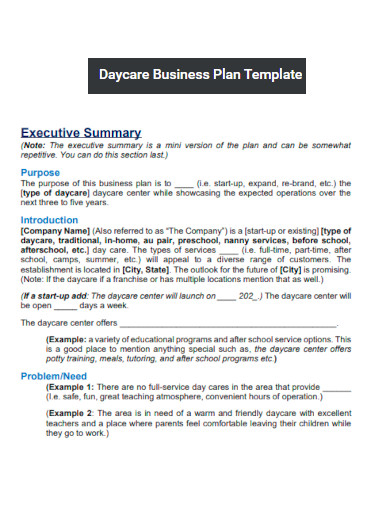
Day Care Business Plan Executive Summary
download now -

Business Marketing Plan Executive Summary
download now -

Ice Cream Business Plan Executive Summary
download now -
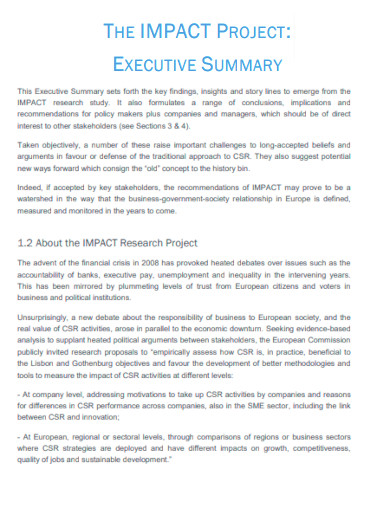
Project Business Plan Executive Summary
download now -
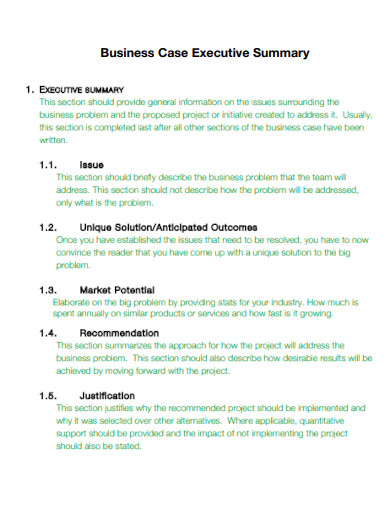
Business Case Executive Summary
download now -
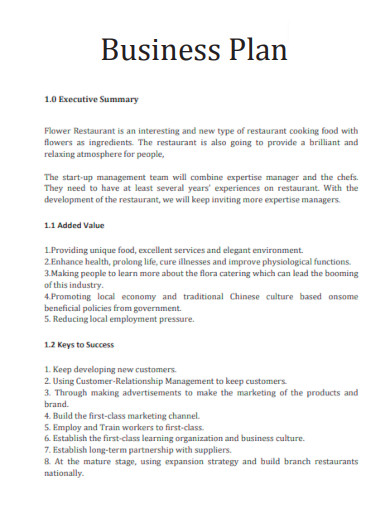
Resturant Business Plan Executive Summary
download now -
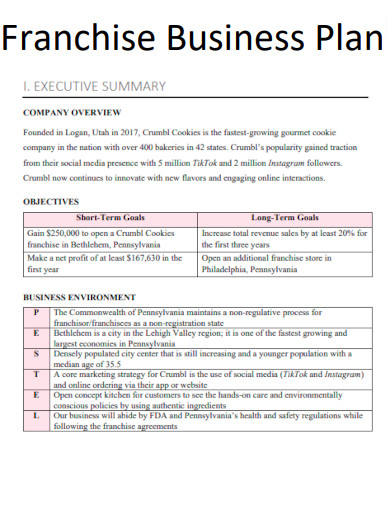
Franchise Business Plan Executive Summary
download now -
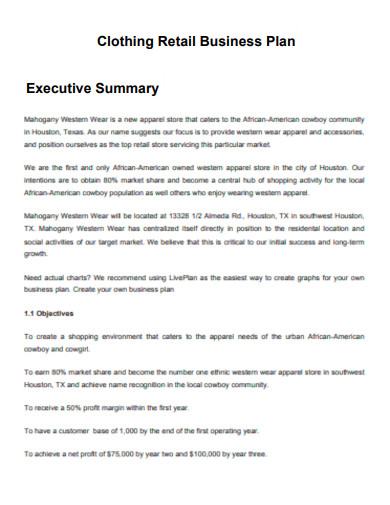
Clothing Business Plan Executive Summary
download now -
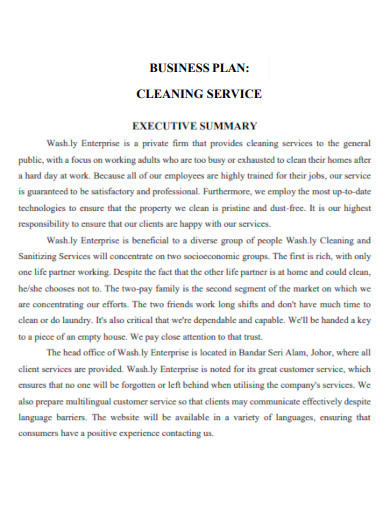
Cleaning Service Business Plan Executive Summary
download now -
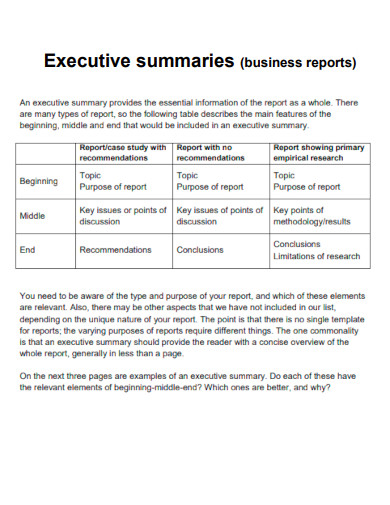
Business Report Executive Summary
download now -
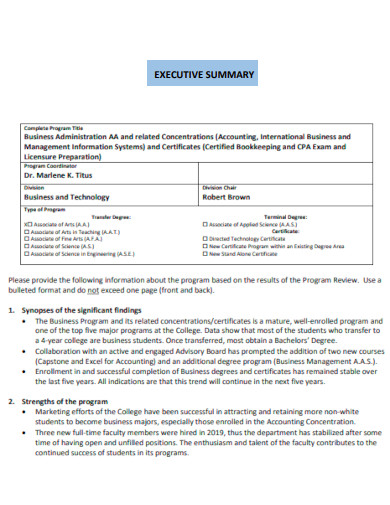
Business Administration Executive Summary
download now -

Business Plan Preparation Executive Summary
download now -
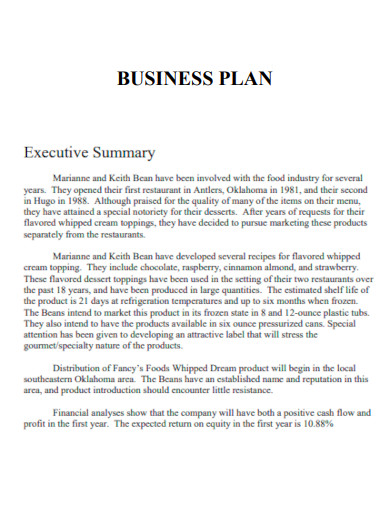
Simple Business Plan Executive Summary
download now -
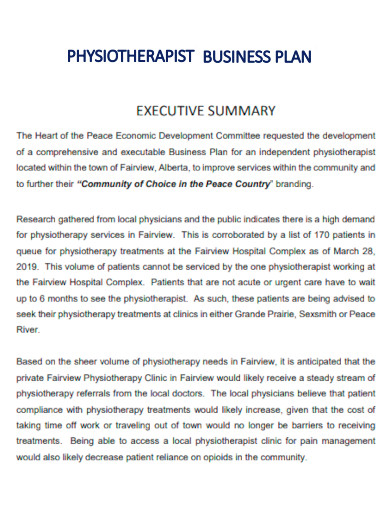
Physiotherapy Business Plan Executive Summary
download now -

Message therpy Business Plan Executive Summary
download now -
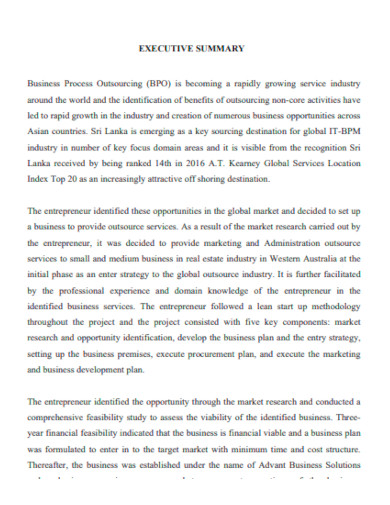
Business Process Outsourcing Executive Summary
download now -
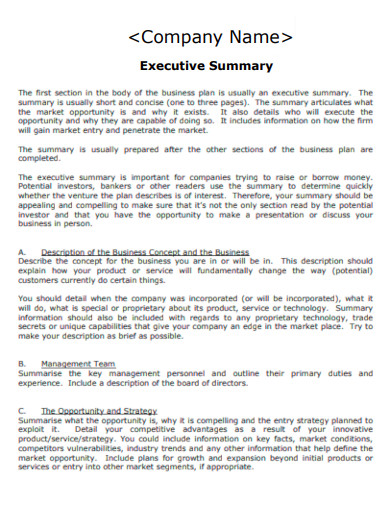
Company Business Plan Executive Summary
download now -
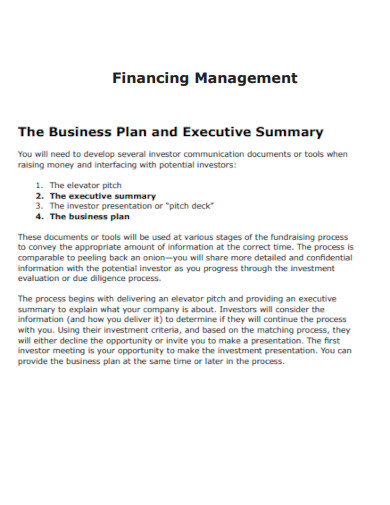
Financing Business Plan Executive Summary
download now -
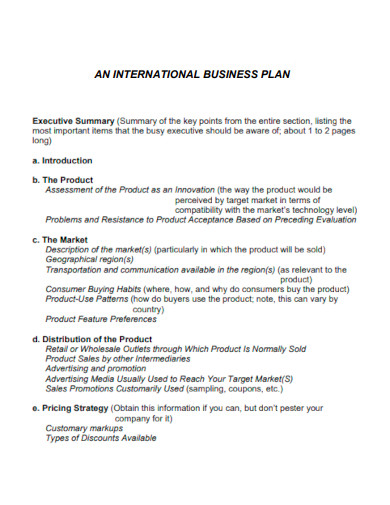
International Business Plan Executive Summary
download now -
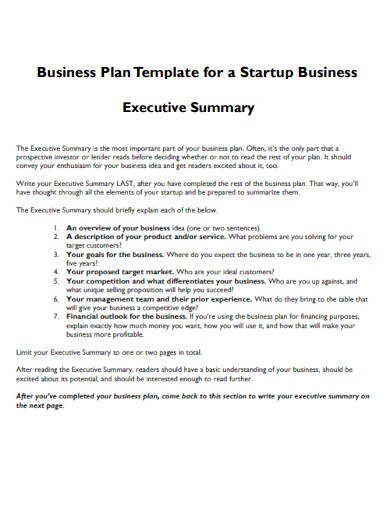
Startup Business Plan Executive Summary
download now -
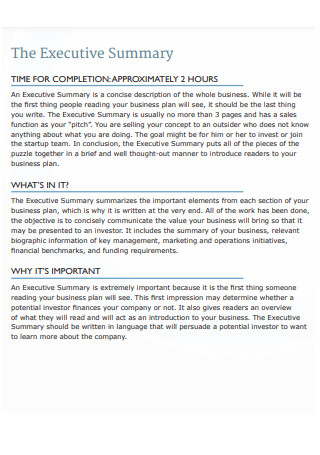
Basic Business Plan Executive Summary
download now
FREE Business Plan Executive Summary s to Download
Sample Business Plan Executive Summary
What Is an Executive Summary?
Benefits of Business Plans
Elements of an Executive Summary
How to Write an Executive Summary
FAQs
What is an executive summary?
Are executive summaries necessary?
What is an executive summary of a job application?
What Is an Executive Summary?
The executive summary is a concise, optimistic overview of the business that appears at the outset of the business plan. An executive summary is typically between one and two pages long, contains two-sentence outlines of each business plan section, and focuses on the most vital business information. Ideally, potential investors will be able to rapidly comprehend the essential elements of your business plan based solely on the executive summary. They can then delve more deeply into topics that mainly engage them. The executive summary should be obvious, concise, and engaging while remaining professional and succinct. A dull executive summary will not pique the reader’s interest in your company.
Benefits of Business Plans
Business plans provide direction for a company’s objectives and serve as a roadmap for attaining them. You can use them to attract investors, obtain loans, and acquire partner or shareholder approval. Below are some advantages of having a business plan that you may consider.
Elements of an Executive Summary
Several components should be included in your executive summary writing. You may modify section titles according to your particular objectives and preferences. Here are a few essential elements of an executive summary that you should include in your own:
1. Business Summary or Mission Statement
The first section of an executive summary should introduce the product or service the report is promoting. This section should define your company or business initiative and summarize what it offers and who will benefit. If you are developing a proposition for a business project, you can label this section “project summary.” If you advocate for additional funding or a prospective partnership for a new or existing business, you may title this section “business summary” or “mission statement.”
2. Problems and Remedies
This section explains why you are expanding into new markets, selling a portion of your business, or altering departmental operations. It also lets you define the solutions you intend to attain by addressing and overcoming problems. Depending on the information you wish to include, combine this segment with the first or make it its section.
3. Background
Background describes the actions and events that led to establishing a company, business endeavor, or other business initiative. If applicable, you can also consolidate problems and solutions into this section. After your background section, you should list the other team members or executives, their function within the company, and, if necessary, a brief description of their previous professional experiences, which will lend credibility to your business.
4. Market Research
Investors want to know if you understand industry trends, competitor information, and customer requirements. The market research and competitive advantage section should emphasize your study and knowledge of your company’s industry and how it is distinct from its local, state, or national competitors. This section can also acknowledge your company’s weaknesses and explain how you intend to surmount them.
5. Financial Information
The financial sections may vary based on whether your business is new or well-established. For instance, if you plan to start a business and require funding, the financial section of your business plan should highlight your projected development expectations over time and first-year revenue potential. In contrast, if you lead or work for an established business, the financial section of your resume should detail your past, present, and projected financial information. For professionals seeking funding for an internal company project, the financial area should emphasize their budgeting requirements to complete the project successfully.
6. Recommendations
If you advocate for a project or business initiative, only include a recommendations section. This section summarizes how an organization should adapt to new initiatives, policies, and organizational structures.
How to Write an Executive Summary
Executive summaries provide concise summaries of key points in reports and business plans. This document section serves as a summary; therefore, it is more brief than the other sections. Your executive summary should typically be at least two pages. This guide will assist you in writing an executive summary.
1. Review Documents
Typically, you should review your documents before composing your summary to ensure you have a comprehensive understanding of the documents. You can highlight or note any essential points, issues, or recommendations. This helps you determine which components must be included in the executive summary to ensure the reader can access all relevant information if time constraints prevent them from perusing the entire document.
2. Create the Initial Paragraph
Typically, the first paragraph of an executive summary describes what you intend to say and why the reader should care. When summarizing the business plan, it is advantageous to outline the company’s history, aims, and objectives to help readers comprehend the procedure and document. Additionally, the first paragraph contains all information regarding any problems or concerns you wish to address.
3. Provide Accessible Content
Consider condensing the content because executive summaries typically lack specific structures and templates. This helps enhance the content’s accessibility for readers. You can use bullet points to reduce reading time and communicate the main issues. In addition, you can use headlines to give readers a clear idea of what they’re about to read. Additionally, this is useful when searching for specific information.
4. Think About the Audience
When creating the executive summary, you may contemplate the intended audience. You can tailor the summary’s content to the reader by incorporating relevant keywords. When considering your audience, it is advantageous to outline the specific members of the target audience and describe how the business can benefit particular individuals. Additionally, the executive summary requires financial information. This is because a business plan provides investors and other stakeholders with financial data and projections regarding the company. When composing the executive summary, it is advantageous to include information about the company’s valuation and the proposed transaction, as well as values and data that support the company’s valuation. You can elaborate on the specifics in designated sections throughout the document with exhaustive graphs and a budget report. Use the summary to highlight the most crucial figures.
5. Create a Strong Ending
When concluding your executive summary, it is helpful to consider how you can create a conclusion with the same impact as the introduction. To accomplish this, consider the audience and what they may perceive as a powerful concluding statement. In addition to providing information and a call to action, you can encourage others to take action.
FAQs
What is an executive summary?
An executive summary outlines a project report, project proposal, or action plan to its consumers. It should provide context for the business and the document’s purpose. Given that it serves as the introduction, an executive summary must effectively attract its audience’s attention.
Are executive summaries necessary?
Executive summaries are arguably one of the most essential parts of a business plan and the most difficult to write. The executive summary is the first section of your business plan that someone will read, so it must be persuasive to convince them to peruse the entire document.
What is an executive summary of a job application?
An executive summary is best characterized as the elevator pitch for your sample resume because it highlights your most relevant skills and accomplishments. Sometimes called a professional summary, it should provide a comprehensive overview of your qualifications and experience, making you the most qualified candidate for the position.
The executive summary of your business plan provides fast access to the most critical information in your more detailed business plan. It is crucial to inform anyone outside your organization. Many individuals, such as investors and bankers, will only peruse your executive summary. Others will use it to determine whether they should continue reading. You can refer to a company summary when planning or revising your strategy. A decent summary requires some effort, so if you don’t have a business purpose in mind, don’t bother.
